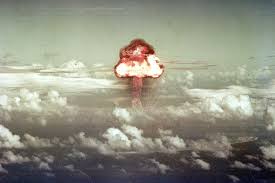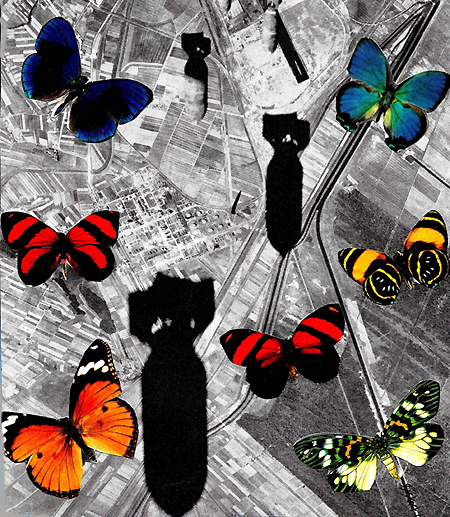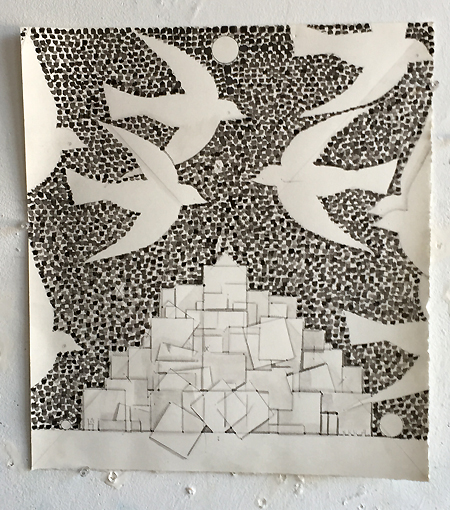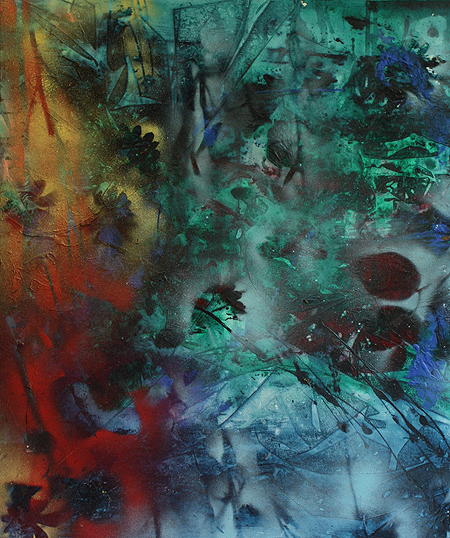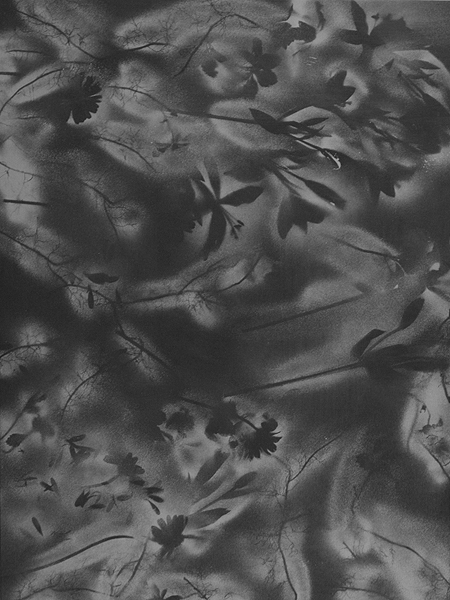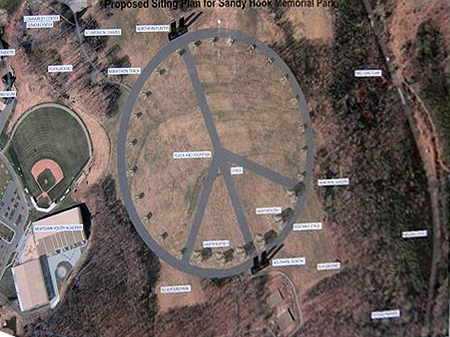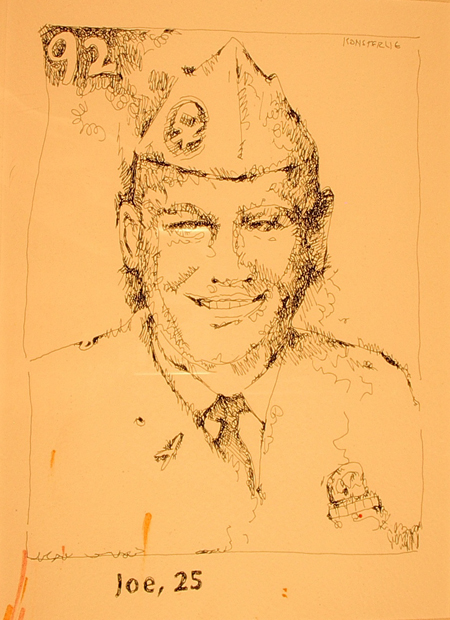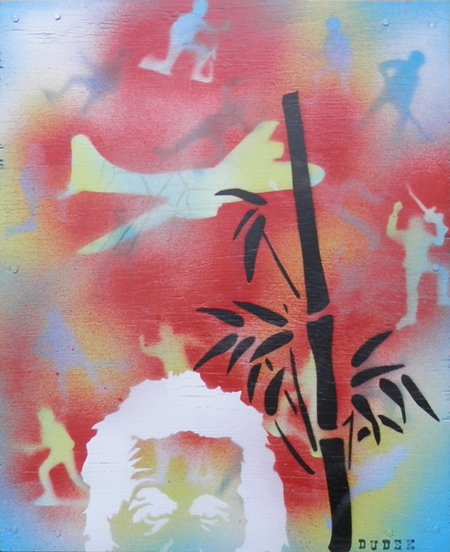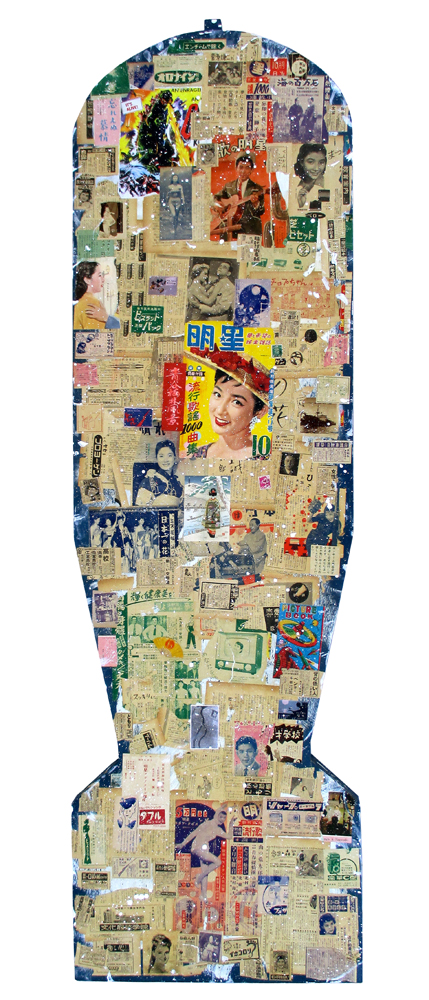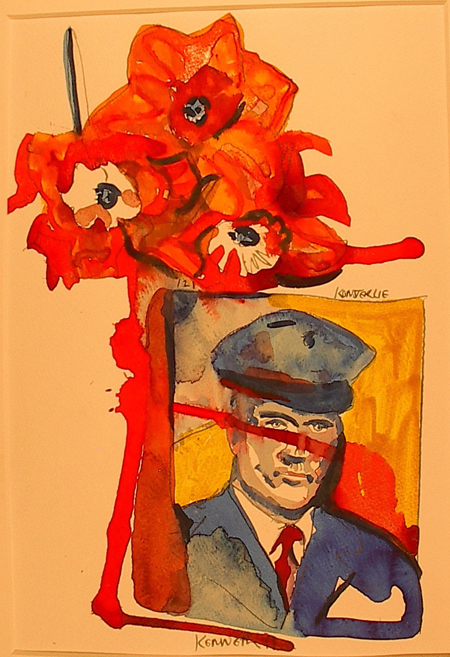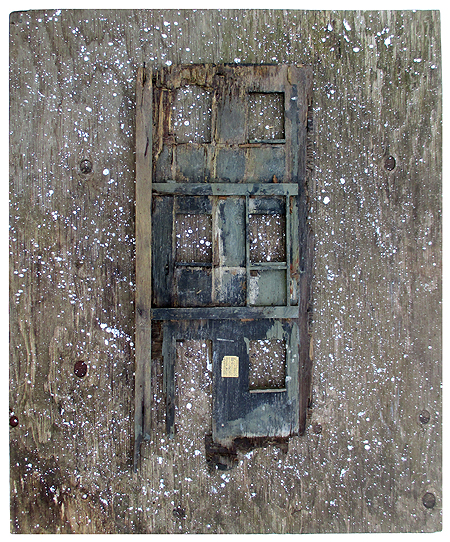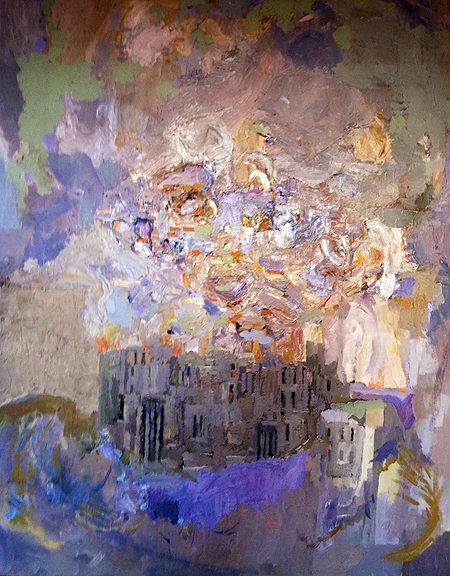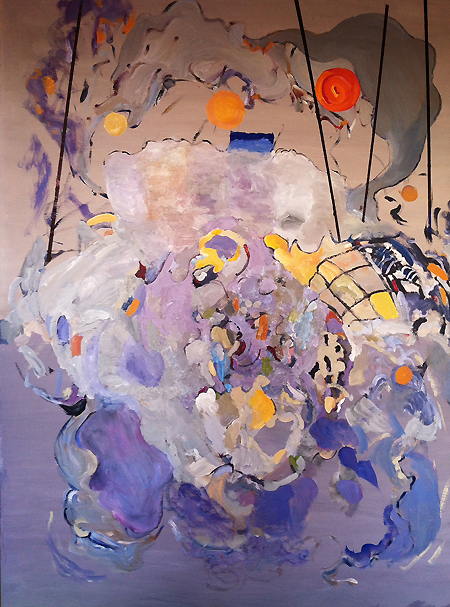| |
“Atomic
War I, August 6 – 9, 1945”
A HIROSHIMA MEMORIAL
A Group
Exhibition
Interpretive Art works by
Alan Bisbort, Steven DiGiovanni, Allan Dudek, Phil Falcone,
Joseph K. Higgins, Richmond Jones, Peter Konsterlie, Michael Quirk,
Lisa Seidenberg , K. Levni Sinanoglu, Cecilia Whittaker-Doe.
Conceived & Curated by Johnes Ruta
Artists' Reception: Thursday,
August 6th, 2015 5 to 7 PM.
New Haven Free Public Library
Gallery
(in the Business/Periodicals Room)
133 Elm Street, New Haven, CT 06510
|
| |
NO MATTER WHAT THE POLITICAL OR STRATEGIC PURPOSE, THE MAKING OF
WAR AND THE CYCLE OF KILLING, DEATH FOR DEATH, KILLING FOR REVENGE,
OR KILLING FOR PROTECTION OR "SECURITY," AND THE SO-CALLED
"SACRIFICES" OF A NATION'S OWN SOLDIERS -- THESE ARE ALL STILL
THE MORAL EQUIVALENT OF MURDER ! The taking of any life undermines the
future potential of mankind, and rubs out a light of consciousness,
and becomes a dark spot on the soul of Humanity.
~johnes ruta
Thursday, August
6th, 2015 is the exact 70th Anniversary day of the dropping of the 16
kiloton Atomic Bomb of Hiroshima, Japan, a city built on a wide river
delta. During World War II, the city was the headquarters of Japan's
2nd General Army, a base of Army Marines, and a key shipping port.
On Monday, August 6, 1945, at 8:16 a.m.,
the nuclear bomb "Little Boy” was dropped on Hiroshima by
an American B-29 bomber, the Enola Gay flown by Colonel Paul Tibbets,
directly killing an estimated 80,000 people. In a 2 mile wide firestorm,
many were vaporized outright, and tens of thousands burned to death,
or survived briefly with excrutiating burns. By the end of the year,
injury and radiation brought the total number of deaths to 90,000–166,000.
The population before the bombing was around 340,000 to 350,000. Approximately
70% of the city's buildings were destroyed, and another 7% severely
damaged. One month later, on September 17th, 1945, a typhoon additionally
struck the area, destroying bridges and killing more than 3,000 people.
In 1946, the novelist John Hersey visited the city, and in his Pulitzer
Prize winning book Hiroshima, documented the experiences told
to him by survivors of the horrific and devasting nuclear bomb.
During the course of the war, the “conventional incendiary bombing
of Tokyo and other cities had caused widespread destruction and hundreds
of thousands of deaths. For example, Toyama, an urban area of 128,000
people, was nearly destroyed, and incendiary attacks on Tokyo claimed
the lives of 100,000 people. There were no such air raids on Hiroshima,
but a real threat was recognized, and to protect against potential firebombings
in Hiroshima, school children aged 11–14 years had been mobilized
to demolish houses and create firebreaks.
Following protracted heavy combat on Pacific Islands, such as Guadalcanal,
Iwo Jima, Okinawa, and Saipan, Harry Truman, now President following
the death of Franklin Roosevelt in April, decided on this nuclear attack,
either to end the war quickly with Japan's surrender, or to destroy
it city by city. The subsequent atomic bombing of the Japanese industrial
valley city of Nagasaki on August 9th, killed around 80,000 individuals.
|
